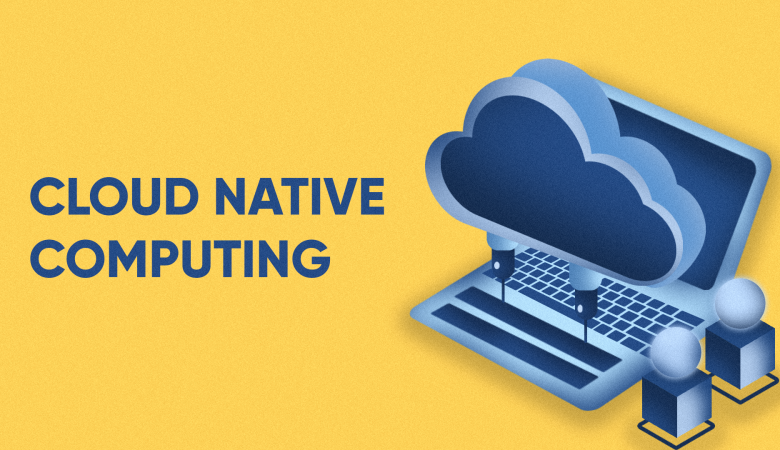Cloud-native is an approach to building and running applications that takes advantage of the cloud computing deployment model. When organizations build and operate applications with a cloud-native architecture, they bring new ideas to market faster and respond earlier to the demands of the Customers. This has influenced thinking about infrastructure investments in virtually every industry, cloud-like deployment is not limited to public environments. Cloud-native development is suitable for both public and private clouds. It's about how applications are built and deployed, not where.
Cloud native is all about speed and agility. Business systems are evolving from enabling business capabilities to weapons of strategic transformation that accelerate business pace and growth. New ideas have to be brought to market immediately. At the same time, business systems have also become more and more complex. with users who ask for more. You expect fast response times, innovative functions and no downtime. Performance problems, recurring errors, and the inability to move quickly are no longer acceptable. Your users will visit your competitor. Cloud-native systems are designed to enable rapid changes, large scope and resilience.
According to infoworld.com, there are four layers to cloud-native computing that are important to understand:
- The application definition and development layer. The top layer of the cloud-native stack focuses on the tools used by developers to build applications, such as databases, messaging systems, container images, and continuous integration and continuous delivery (CI/CD) pipelines.
- The provisioning layer. The provisioning layer of the cloud-native stack includes anything required to build and secure the environment where an application will run, ideally in a repeatable fashion. In the cloud-native world, this typically involves treating infrastructure as code, storing images in a repository, automating builds, and addressing application security needs with vulnerability scanning, key and policy management, and authentication tools.
- The runtime layer. The runtime layer concerns anything associated with the running of a cloud-native application, such as the container runtime—which still tends to be Docker—as well as storage and networking.
- The orchestration and management layer. The orchestration and management layer brings together the tools required to deploy, manage, and scale containerized applications, including orchestration and scheduling. In most cases, that means Kubernetes—as well as service discovery, service proxy, API gateway, and service mesh.
Cloud-native architecture refers to the design of applications or services that are built specifically for the cloud rather than more traditional on-premises infrastructure. A successful cloud-native architecture should be easy to maintain and supported by a next-generation cloud, as well as profitable and self-healing. Compared to legacy systems, cloud-native architectures offer a higher degree of flexibility without having to rely on physical servers. Microservices and serverless functions can play an important role here. Application architecture has become an important tool for companies moving to the cloud. Microservices organize an application into several independent services, each of which has a specific role.
Netflix, Uber and WeChat provide native cloud systems that consist of many separate services. This architectural style enables them to react quickly to market conditions. You instantly update small areas of a complex live application without a complete redistribution. necessary.
We hope this article will help you to understand more about cloud native, Smart People. See you in the next post!
Author: Mia Patricia | Illustrator: Rizky Sabilurrasyid





